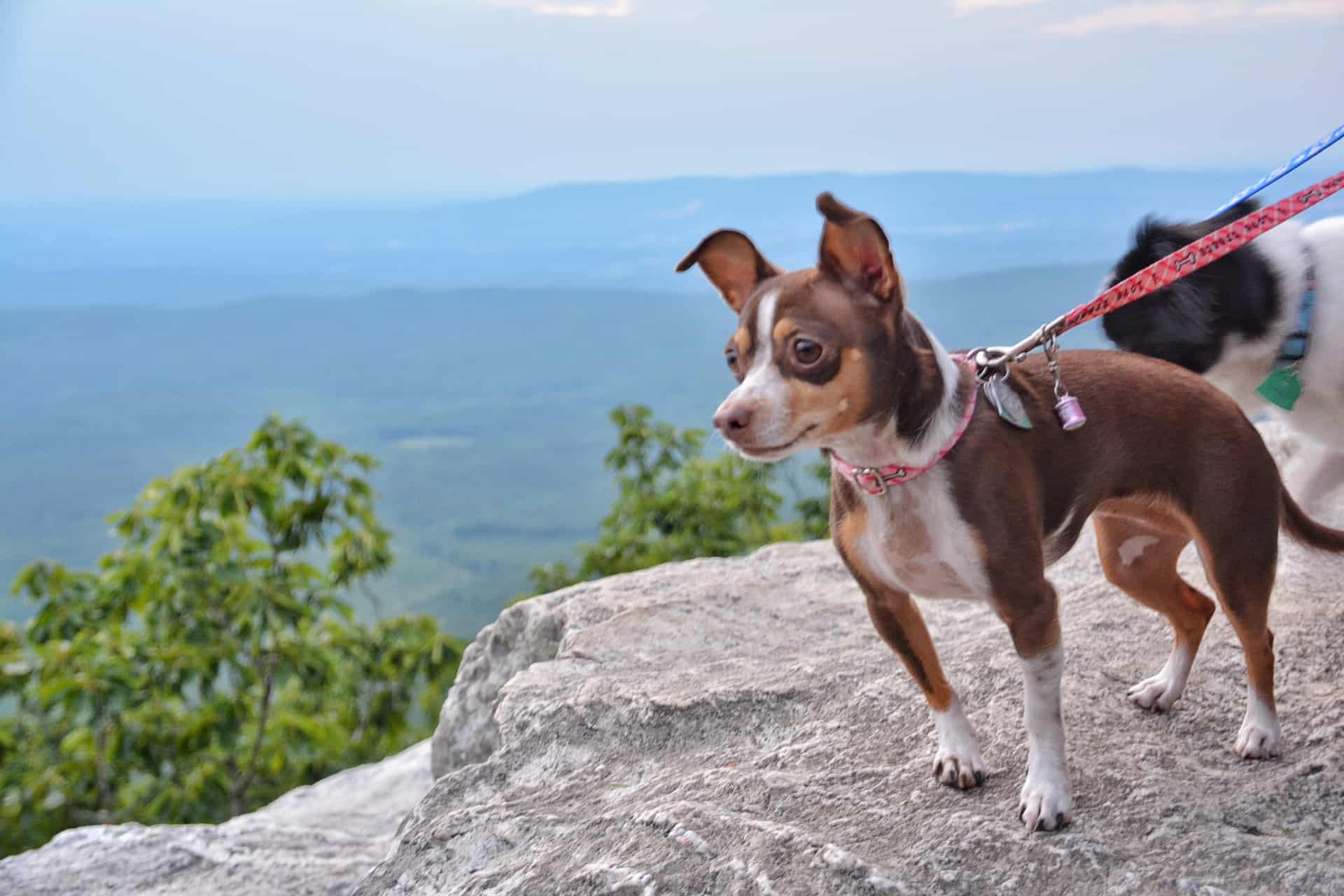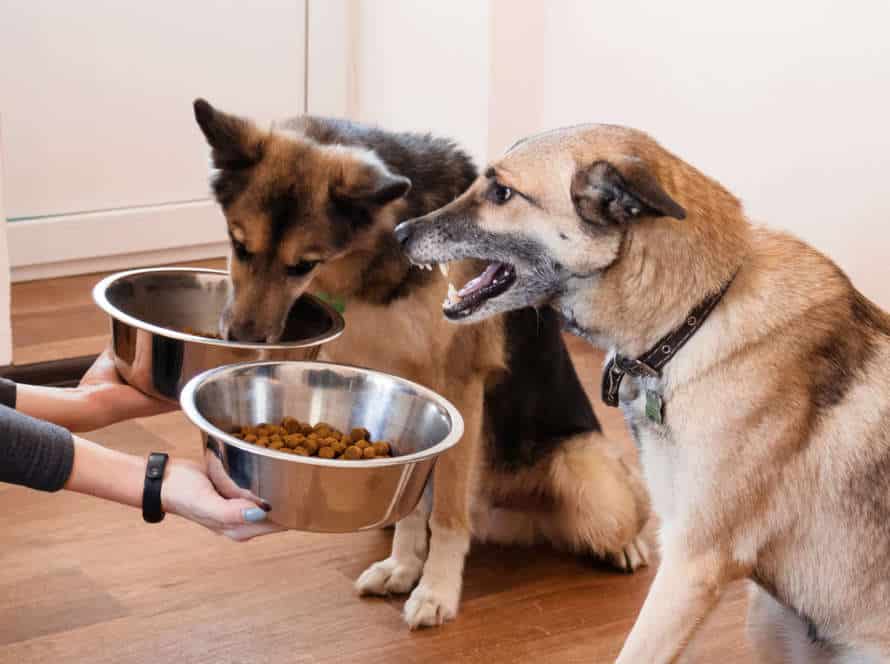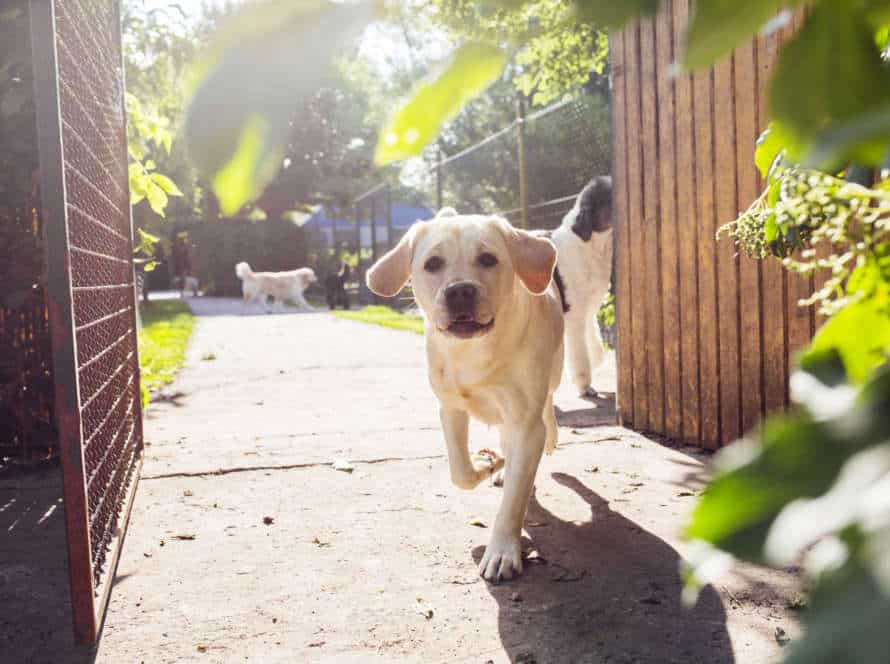Recognizing and Avoiding Trail Hazards for Dogs
As a responsible pup parent, it’s essential to know of potential dangers on hiking trails. Here are some to be aware of:
- Poisonous plants – like poison ivy, oak, and sumac.
- Wildlife – snakes, skunks, and bears can be risky.
- Uneven trails – steep inclines, rocky surfaces, and loose gravel.
- Heat-related illness – bring plenty of water and avoid peak sun hours.
- Rugged terrain – paws can be hurt and dogs can tire.
Recognise and steer clear of these risks for a safe and fun hike for you and your pup!
Environmental Trail Hazards for Dogs
Dog owners, beware! When we take our furry pals out into nature, there could be many potential hazards. These might include animals, plants, and varying weather conditions. Let’s explore these risks and learn how to identify and dodge them while trekking on a path.
Identify and avoid Poisonous Plants
It is important for any dog owner to know how to recognize and avoid poisonous plants, especially when they take their furry friend for hikes or walks in nature. Here are some hazardous plants to be aware of:
- Poison Ivy: This plant has a strong allergen called urushiol which can irritate the skin or cause an allergic reaction, resulting in rash or blisters.
- Poison Oak: Urushiol is also present in this plant and can lead to rashes and itching in dogs.
- Giant Hogweed: Its toxic sap can cause severe skin irritation and blistering.
- Wild Parsnip: This plant’s sap can also cause intense skin irritation.
It is necessary to identify and stay away from these poisonous plants to keep your dog safe and healthy during outdoor activities.
Know how to recognize dangerous wildlife
For pet-owners, recognizing dangerous wildlife on trails is a must for keeping their dogs safe while hiking. Here are some tips for spotting danger and avoiding it:
- Snakes: Look for a triangular shaped head and vertical pupils to distinguish venomous from non-venomous snakes. Keep your dog leashed to prevent snake bites, especially during warmer months.
- Cougars: Know their habitat, natural hunting grounds, and active times. Leash your dog, be aware of poor visibility, and avoid approaching a big cat kill site.
- Bears: Poor trail etiquette, inappropriate disposal of food, and hiking silently in bear-likely areas increases the chance of human-bear encounters. To protect yourself and your dog, stay on well-marked trails, make noise, and carry bear spray.
Pro Tip: Before hiking, research the local fauna and their habits. Also, check with park rangers for any wildlife sightings or encounters in the area.
Beware of dangerous weather conditions
As a pet owner, it’s essential to know about risky weather and other environmental threats that could put your pup’s health and safety at stake while hiking. Here are some you should be aware of:
- Extreme Heat: High temperatures can lead to dehydration and heat stroke in dogs. Signs like panting, fast heartbeat and vomiting are warning signs of heatstroke. Take water and rest in the shade.
- Cold Temperatures: Dogs can have hypothermia and frostbite due to too cold temps. Signs of hypothermia are shivering, laziness, and loss of balance. Put on jackets or sweaters and don’t stay in cold temps for long.
- Poisonous plants: Certain plants can be poisonous to dogs and even lead to death. Check the trail beforehand and keep your pup on a leash.
- Wildlife: Snakes and bears are dangerous to dogs. Keep your dog close and avoid hiking at dawn and dusk when animals are more active.
Be mindful of your surroundings and your pup’s condition. Take precautions to make sure both of you have a secure, enjoyable experience.
Physical Trail Hazards for Dogs
Taking your pup out for a stroll? Watch out for physical hazards. Uneven ground, slippery surfaces and things on the trail – be aware! Prep for potential danger.
Avoid dangerous terrain
When you and your pup hit the trails, it’s key to look out for physical hazards. Here are a few to be aware of:
- Steep Drops: Look out for cliffs and narrow trails. Slow down and stay alert. Keep your pup leashed with good traction.
- Sharp Rocks: Sharp rocks can hurt pups’ paws. Use dog boots to protect them.
- Hot Surfaces: Hot surfaces like asphalt and sand can burn. Bring water for them to hydrate and cool down.
- Loose rocks: Loose rocks can cause tripping. Opt for trails with a more established path.
Be alert for these trail hazards so you and your pup can have a safe, fun time outdoors.
Be aware of dangerous obstacles
Exploring the trails with your pup can be a marvelous journey. But, have a watchful eye for dangerous physical hazards that can harm your doggo. Here are a few to look out for and how to prevent them:
- Sharp rocks: Paws can get scratched on sharp rocks, especially if they are not used to rough trails. Avoid rocky routes or get your pup some protective booties.
- Poisonous plants: Certain plants on hiking trails can be dangerous if ingested. Steer clear of poison ivy or oak and make sure your pup doesn’t eat anything unfamiliar.
- Water hazards: Even though they love swimming, fast-moving streams or deep pools can be risky. Always keep your pup on a leash near water and check for safety before letting them take a dip.
- Wildlife encounters: Wild animals such as bears or snakes can be a threat to dogs. Keep your pup close and on a leash, and carry bear spray if possible.
Prevent heat exhaustion and dehydration
Keep your pup safe and healthy on hikes by preventing heat exhaustion and dehydration. Here are some tips:
- Bring lots of water and a bowl for your pup.
- Avoid hiking in the hottest part of the day.
- Take lots of breaks, and find shaded spots for your pup to cool down.
- Know the signs of heat exhaustion, such as heavy panting, drooling, and lack of energy. If you see these signs, move to a cooler area, offer some water, and seek vet help if necessary.
Be prepared and proactive to keep your pup safe when hiking. That way, you can both have an awesome time.
Behavioral Trail Hazards for Dogs
Agile and curious creatures, dogs take a keen interest in what they see while on a trail. Like us humans, there are dangers that can affect them too. Most of these are behavioral hazards that can be managed with some tips. Let’s review the most frequent behavioral hazards when out on the trail.
Recognize signs of anxiety and fear
As a dog owner, it’s key to know the signs of fear and anxiety in your pet when going on a trail. Here are some of them:
- Panting and pacing.
- Trembling.
- Hiding or cowering.
- Agitation.
- Excessive licking or yawning.
Also, it’s important to recognize trail dangers to keep your pet safe. These may be loose dogs, wild animals, snakes, cacti and other harmful plants. Knowing these risks ahead of time, you can plan and protect your pet during the hike.
Prevent aggressive behavior towards other dogs
To prevent aggressive behavior towards other dogs while out on a trail, follow some simple guidelines.
- Socialize your pup from young.
- Keep your dog on a leash.
- Don’t let your dog approach other dogs without the owner’s permission.
- Stay away from other dogs if they seem aggressive or nervous.
- Reward your dog’s good behavior with positive reinforcement.
- Teach obedience commands like ‘sit’ and ‘stay‘ to redirect your pup’s attention.
Following these tips will help ensure a great outing for your furry buddy.
Avoid over-exertion and exhaustion
Over-exertion and exhaustion are risks when going on a hike with your pup. As a responsible owner, you must recognize and avoid them. Here’s how:
- Constantly observe your dog’s behavior and physical state. If they seem tired or hot, rest in the shade & give them water.
- Pick the appropriate trail for their age, size, and abilities. Steep, long, and rugged ones should be avoided if they’re not used to them or not feeling well.
- Take breaks and let them have a rest and drink water.
- Avoid hiking at the hottest time of the day or in extreme weather.
- Plan ahead and bring lots of water, food, and first aid supplies.
Always put your pup’s safety and health first during hikes and trails.
Pro tip: Hiking is a great way to bond and exercise, but remember to be prepared and mindful of risks.
Trail Etiquette
Trail Etiquette is key for an enjoyable hike with your pup. Knowing the basics can help create a safe and respectful space for everyone. Common practices to be aware of? Let’s discuss! Plus, recognizing and avoiding hazards when walking your dog. That’s essential.
Leash laws and regulations
Leash laws are a must for your pup and the people around you when on trails. Make sure to research the specific rules for each area. Some rules you may see include: a six-foot leash, picking up waste, and vaccinations. It’s important to be aware of hazards like steep inclines, slippery rocks, and wild animals. As a responsible pet owner, it’s your duty to keep your dog safe and away from other hikers and creatures. Knowing the leash laws and trail etiquette can make your experience on the trail with your pup a pleasant one.
Proper disposal of pet waste
Proper disposal of pet waste is a must on trails.
Here’s how to do it right:
- Carry a small plastic bag or biodegradable poop bags while out and about.
- Pick up after your pooch and dispose of the waste in designated pet waste stations, trash cans, or take it home!
- “Bagging and tagging” is a no-no.
- Don’t bury pet waste or leave it in natural water sources. It harms the environment and wildlife.
Proper disposal is key for trail cleanliness, water quality and public health. Do your part and help keep trails clean!
Be considerate of other trail users
When hiking with your pup, be mindful of other trail users. Follow these guidelines for good trail etiquette:
- Keep your pup on a leash and under control.
- Be aware of hikers, cyclists, and other critters on the trail. Yield to them when needed.
- Don’t let your pup drink from natural water sources.
- Bring a water bowl and enough water for your pup.
- Pick up your pup’s waste and dispose of it properly.
- Avoid bringing your pup on trails during peak hours.
- Stay on designated trails to avoid damaging vegetation.
Pro Tip: Research the trail and regulations before you go for a safe and fun hike with your pup!
Frequently Asked Questions
Q: What are some common trail hazards for dogs?
A: Common trail hazards for dogs include venomous snakes, dangerous wildlife, sharp rocks, slippery surfaces, toxic plants, and fast-moving bodies of water.
Q: How can I recognize these hazards on the trail?
A: Look for warning signs, such as notices about wildlife or slippery surfaces. Also be aware of your surroundings and keep an eye out for potential dangers, such as snakes or rocky terrain.
Q: How can I protect my dog from trail hazards?
A: Keep your dog on a leash and close to you when encountering potential hazards. Avoid letting your dog drink from unknown bodies of water or eat plants they may encounter on the trail.
Q: What should I do if my dog encounters a hazardous animal on the trail?
A: If your dog encounters a hazardous animal like a venomous snake or a bear, stay calm and slowly back away while keeping your dog on a leash. Avoid turning your back on the animal and make loud noises to help scare it away.
Q: What are some common signs of injury in dogs while hiking?
A: Limping, whining, changes in behavior, and difficulty breathing are all potential signs of injury that you should look out for in your dog while on the trail.
Q: What should I do if my dog gets injured on the trail?
A: If your dog gets injured on the trail, stop hiking immediately and administer first aid. If the injury is severe or your dog is unable to walk, seek veterinary attention as soon as possible.







